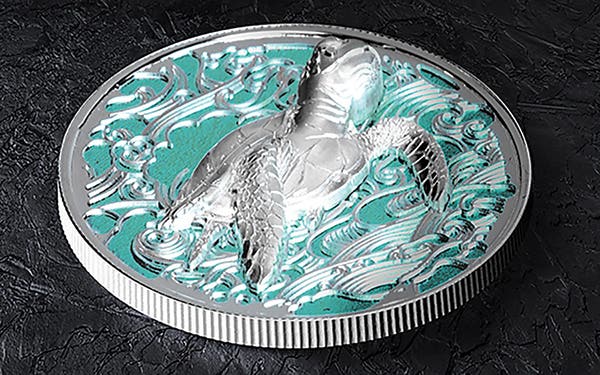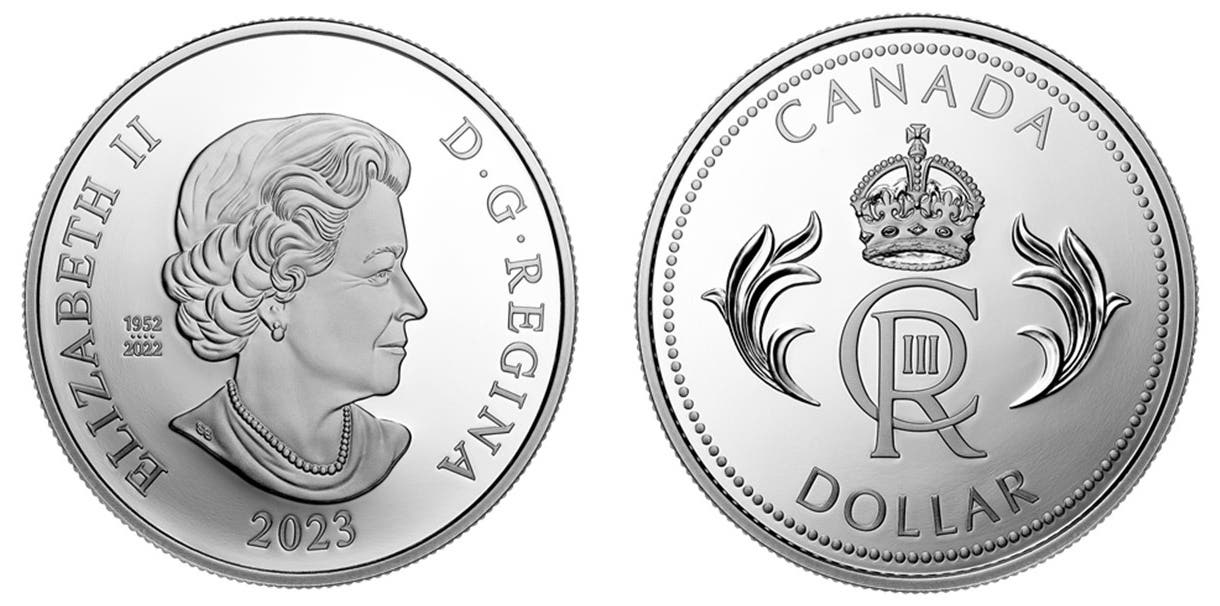South Korean Mint expands its market
South Korea is on its way to abandoning the use of coins and bank notes. At the same time, the Korea Minting and Security Printing Corporation or KOMSCO is forging…
South Korea is on its way to abandoning the use of coins and bank notes. At the same time, the Korea Minting and Security Printing Corporation or KOMSCO is forging ahead with foreign contracts to fill the anticipated void in the mint’s capacity.
The state-run KOMSCO was founded in 1951 and is the sole coin producer and bank note printer for South Korea. Its facilities include a paper mill and a refinery. The coining facility opened in 1966. As demand for both coins and security printing products increased so did the size of KOMSCO.
In December 1983, the corporation was given self-ruling powers. Overseas markets were first pursued early the following year. According to the mint’s web site, “Since the first export in 1970, KOMSCO has been supplying coins, bank notes, bank note papers, special inks, national identification cards, and passports to more than 40 countries.”
The web site explains the mint’s marketing strategy: “KOMSCO is making strong efforts to maintain its lead in global security-related markets. Above all, KOMSCO is exerting all possible efforts to adapt itself to the new economic environment to resuscitate its companies’ vitality and survival.”
This thinking is becoming increasingly critical to the survival of the business. Recent statistics indicate only about 20 percent of all payments are made using bank notes in South Korea. Bank of Korea spokesman Cha Hyeon-jin was quoted April 21 through the Yonhap news agency as saying there is a “good chance” the country will become a cashless society in the future. Cha did not suggest a date for this event.
It cost South Korea about $47 million US to produce circulation coins during 2016. On Sept. 11, 2017, the courts declared it illegal for the South Korean government to confiscate the cyber-currency Bitcoin, which in turn will help discourage the use of physical coins.
KOMSCO announced on Sept. 12 that the mint signed a contract to strike 370 million 5- and 10-baht coins for Thailand. The deal will be completed in October 2018 and is worth about $28.3 million US.
KOMSCO is also setting its sights on the gold and silver bullion markets. According to the Sept. 6 Korea Times newspaper, “The value of the global bullion market is more than 11 trillion won ($100 million US). Here, it [in South Korea] is just 30 billion won (about $26.4 million US). KOMSCO is eyeing to achieve medal exports of 15 billion ($13.265 million US) won this year.”
According to KOMSCO General Manager Moon Jung-youp, “We believe we can double the value of the exports we achieved over the past two years, thanks to Tiger Bullion gold medals and Chiwoo Cheonwang silver medals.” These medals depict a Korean tiger or an ancient Chinese warrior known as Chiwoo Cheonwang.
The Korean facility began shipping its gold and silver medals overseas about two years ago. The value of its exports during 2016 was about $6 million US. The target markets for the medals are Australia, Canada and the United States.
According to the Korea Times article, 80 percent of buyers in the United States purchase these medals as an investment. In both South Korea and Japan, most people purchase them as collectibles.
This article was originally printed in World Coin News. >> Subscribe today.
More Collecting Resources
• Keep up to date on prices for Canada, United States and Mexico coinage with the 2018 North American Coins & Prices guide.
• Check out the newly-updated Standard Catalog of World Coins, 2001-Date that provides accurate identification, listing and pricing information for the latest coin releases.








